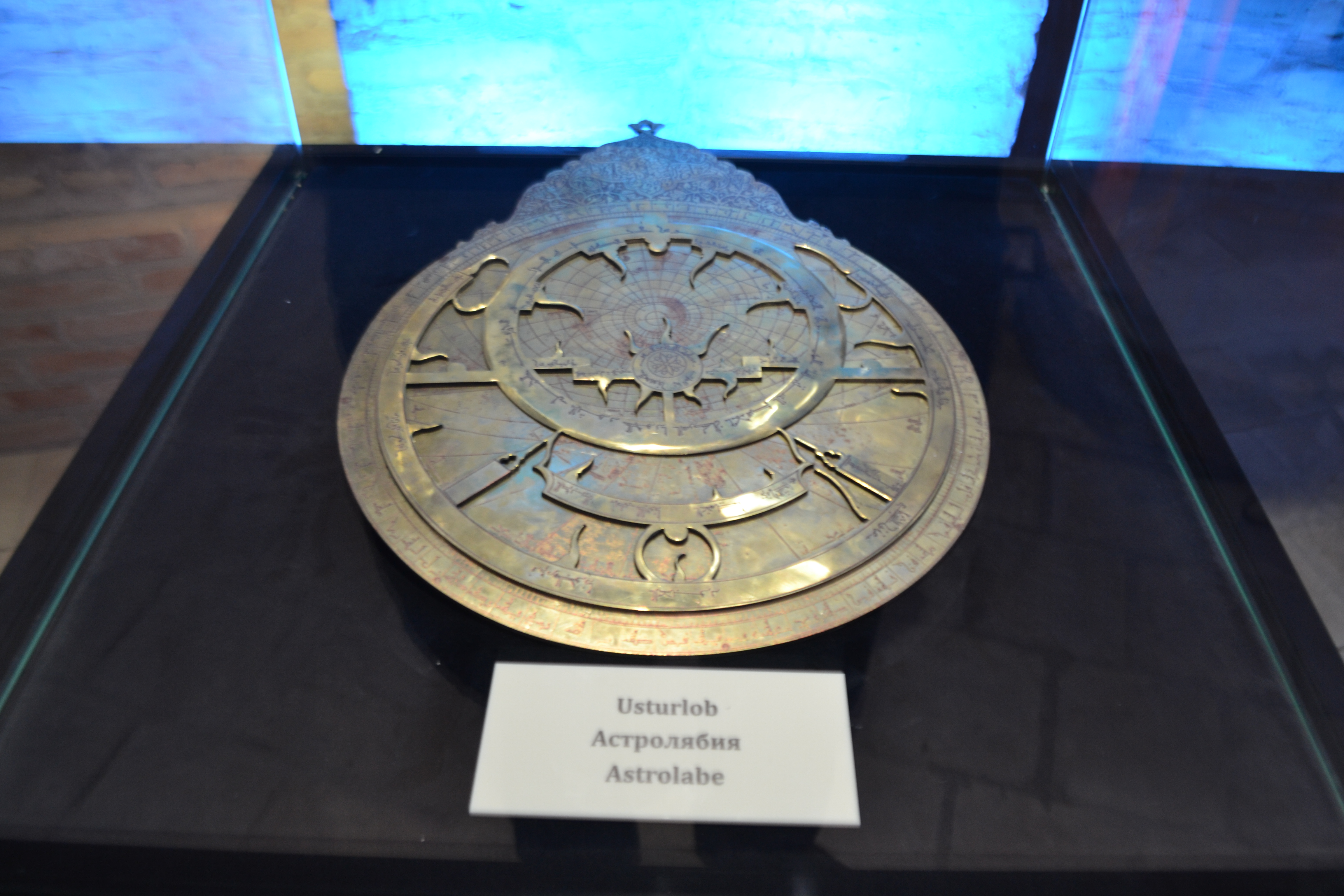

"Usturlob"
Astrolabe (astrolabe) first appeared in Ancient Greece. The principle of stereographic projection, the transfer of a circle to a sphere on a circle, was discovered by Perga Apollonius. Scientists of the Islamic East improved the astrolabe and began to use it not only to determine the time and length of day and night, but also to perform some mathematical calculations and to make astronomical predictions. There are many works by medieval Islamic authors on the various designs and applications of the astrolabe. In the 18th century, Ismail Afandi wrote the "Astrolyabiya" guide based on the books of al-Khorazmi, al-Asturlabi, al-Zarkali, al-Sijizi, al-Farghani, al-Sufi, al-Biruni, Nasir ad-Din al-Tusi and others. The modern descendant of the astrolabe is the planisphere, a moving map of the starry sky used for educational purposes. Schematic structure of the astrolabe. Here the role of the spider is played by a transparent plate with a map of the starry sky. The basis of a classic astrolabe is a "plate" - a round piece with a high side and a hanging ring for precise alignment of the device with respect to the horizon. The external dial of the cymbal has a scale and a numbered hour scale. This "plate" contains a "tympanum" - a round flat disc, on the surface of which the points and lines of the celestial sphere are drawn in a stereographic projection, which are preserved during the diurnal cycle: this is the pole of the world, the center of the tympanum and concentric circles of the celestial equator, the northern tropics and the southern tropics (usually served as the border of the tympanum); then - a straight vertical line of the celestial meridian; finally, the horizon, its parallels ("almucantarats"), the zenith point and the azimuth circles passing through it. The position of the horizon and the zenith is different for different latitudes of the observation area, so different timpanas should be made for observations made at different latitudes. A "spider" is placed on the tympanum - a circular grid, the same stereographic projection shows the location of the brightest stars north of the southern tropic using curved arrows. Also on the "spider" there is a zodiac circle with a scale showing the annual movement of the Sun along the ecliptic. Some astrological scales even reflect the unevenness of this annual movement. The convenience of using a stereographic projection in an astrolabe is that in this projection all the circles of the sphere are shown in circles or straight lines; but in making tympanum and spider, straight lines and circles are most easily constructed and engraved. Almucantarates form hyperbolic circles on the tympanum, azimuthal lines form elliptical circles conjugate to it. Everything is connected by an axis passing through the central holes of the listed parts. Ali is attached to the same axis from the back of the plate










